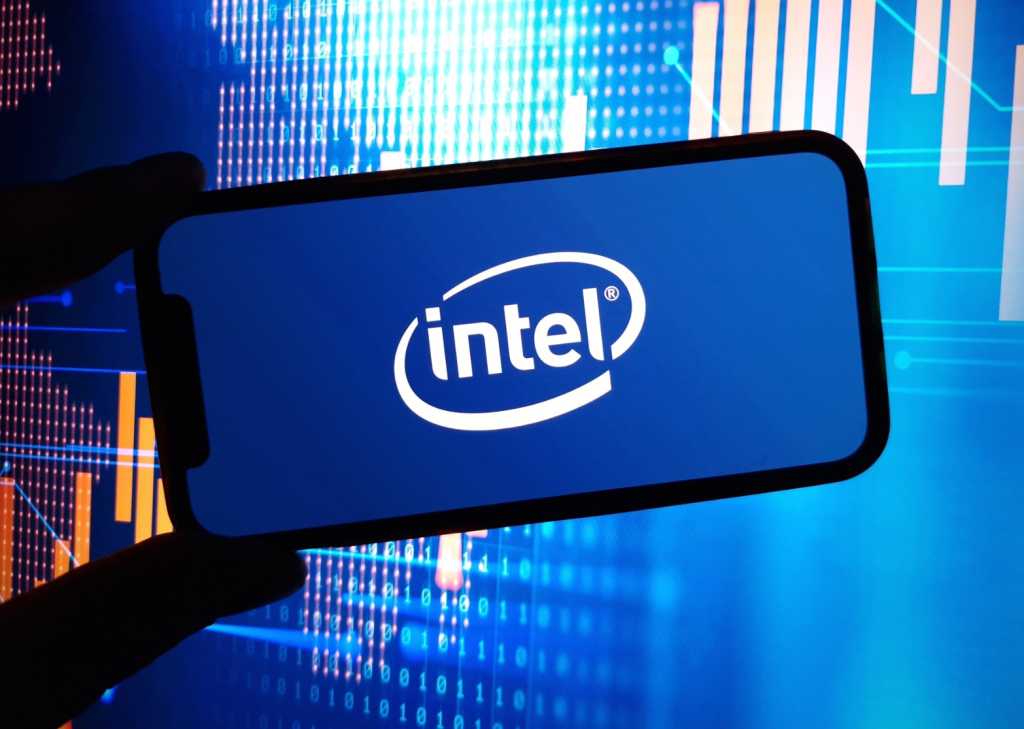
“Nvidia’s region-specific, compliance-driven chip strategy introduces manageable fragmentation risks, but also unlocks significant opportunities for global enterprises,” said Prabhu Ram, VP of the industry research group at Cybermedia Research. “While hardware and software inconsistencies may complicate unified AI deployments, these variants enable legal market access, cost optimization, and hybrid architecture flexibility across regions.”
Others see it as a potential catalyst for rethinking enterprise AI deployment strategies, especially in cost-sensitive markets.
“While this ‘relatively lower-cost but regionally compliant chip’ is designed with the Chinese market in mind, this sets a precedent and demand from enterprises for Nvidia to offer similar solutions that have tighter budgets,” said Neil Shah, partner & co-founder at Counterpoint Research. “This could be a blessing in disguise for some regions and enterprises where compute workloads could be very diverse or different and would welcome such customized, simpler solutions.”
According to Shah, Nvidia’s move could mirror moments seen in the Chinese AI market, where local players like DeepSeek have thrived by adapting under constraints.
“This could be sort of a ‘DeepSeek’ moment for Nvidia, driving innovative solutions under constraints. This will potentially expand Nvidia’s SAM (Serviceable Addressable Market) further and put pressure on Huawei and AMD,” Shah added.
To make the most of this evolving chip landscape, enterprises will need to adapt their strategies.





















